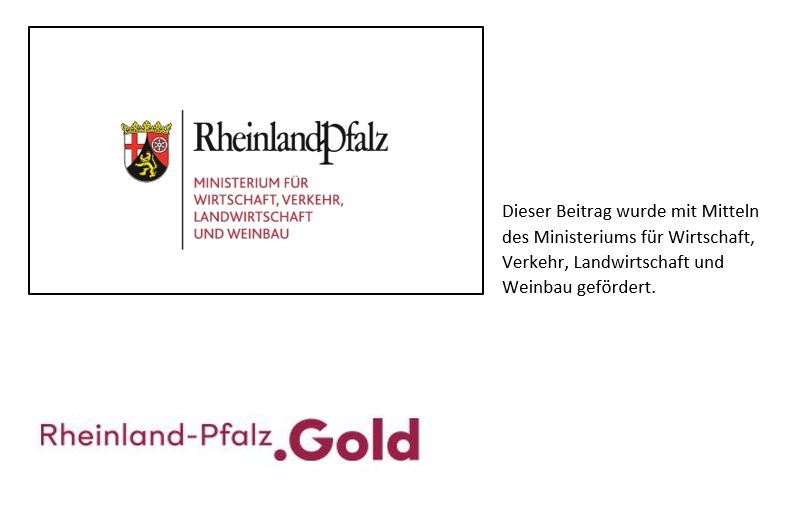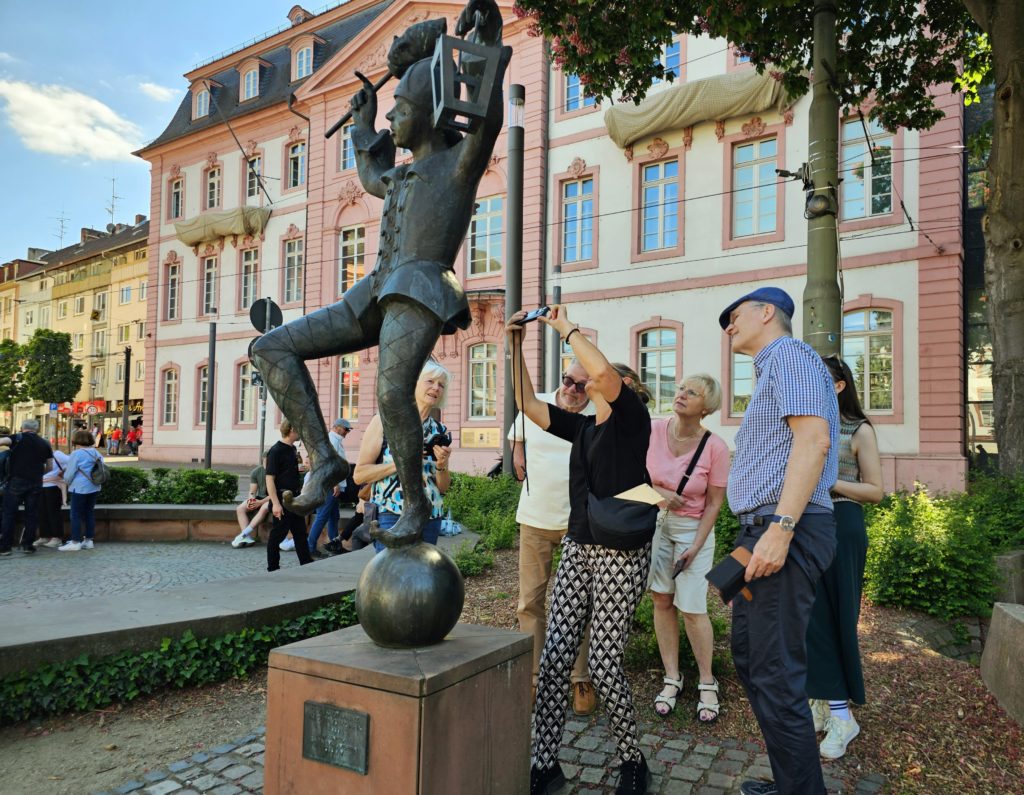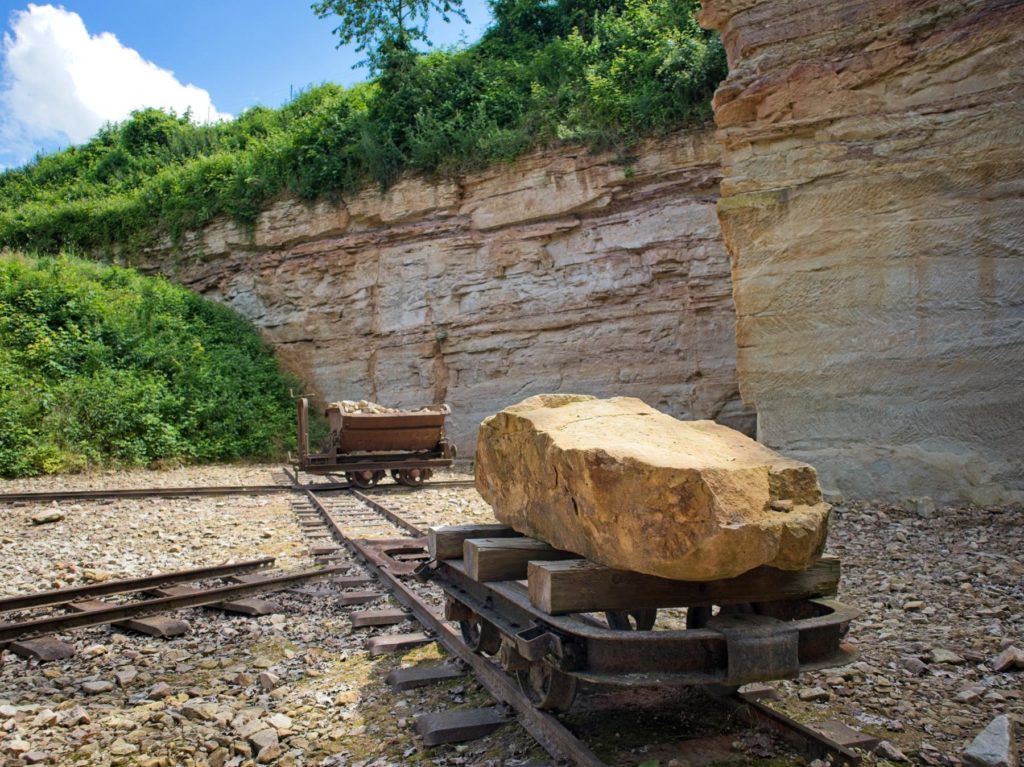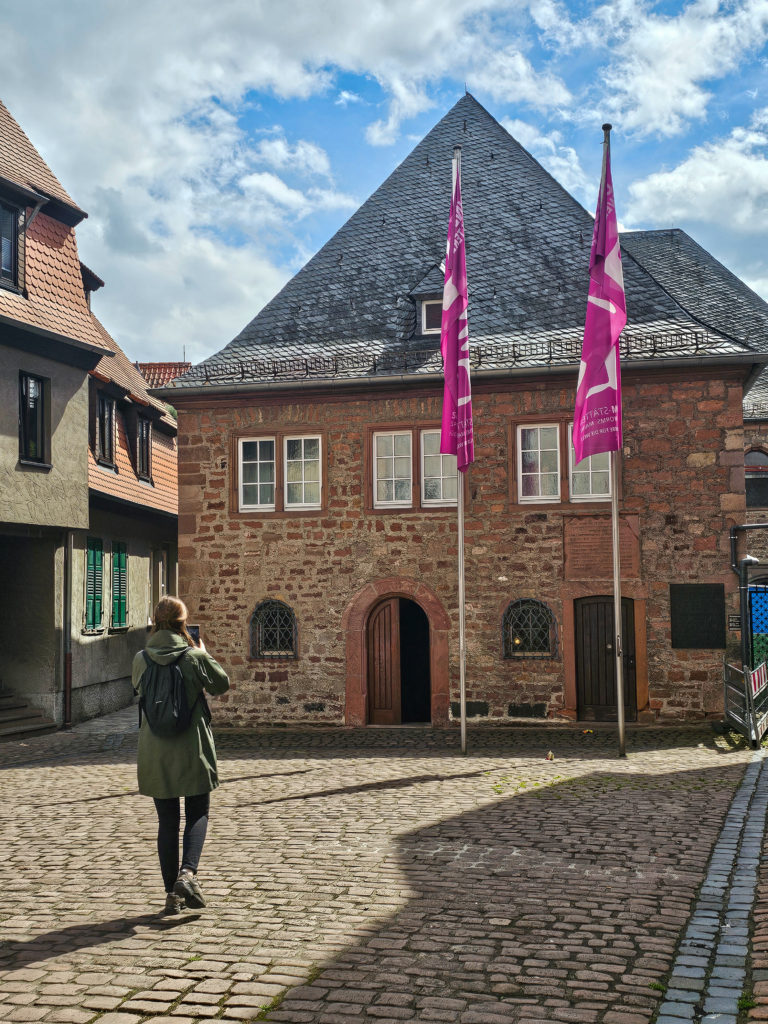The Church of St. Catherine and the Ossuary in Oppenheim
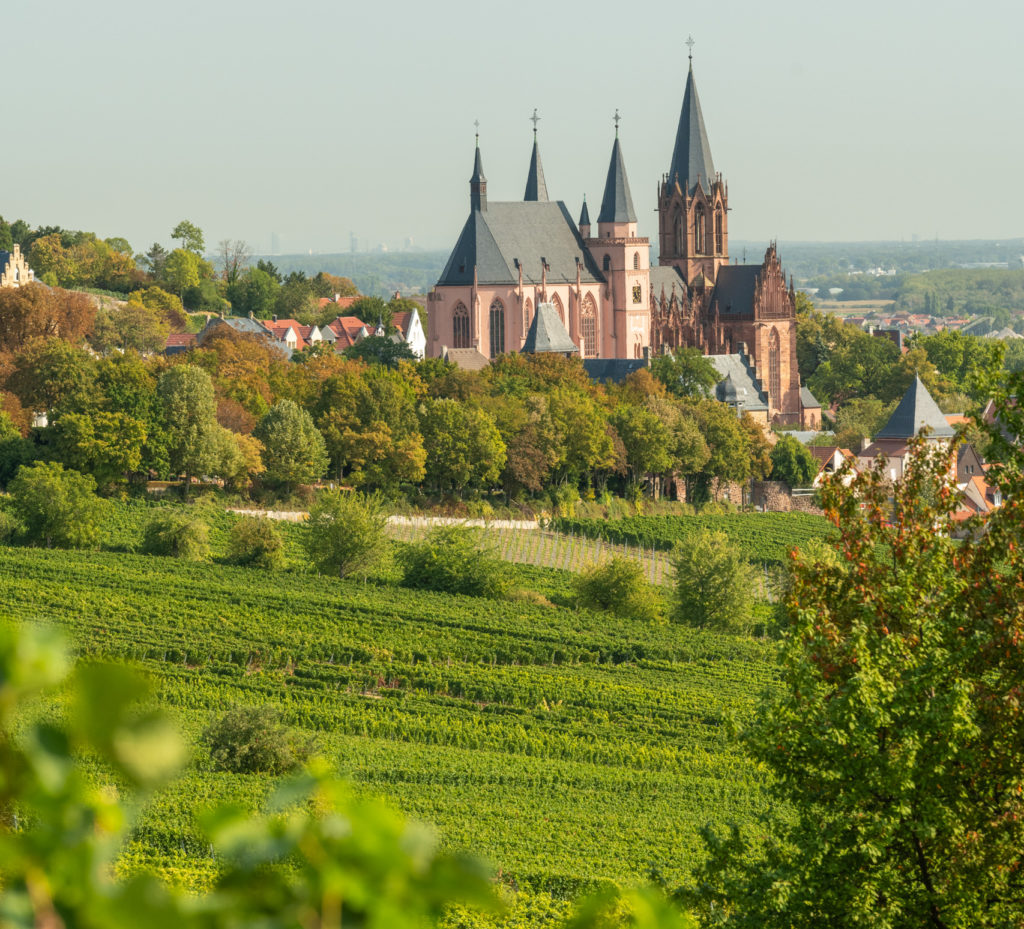
Anyone who wants to join the city of Oppenheim on the RheinTerrassenWeg or the Rhine Cycle Route can see the outlines of the new building from afar. St. Catherine's Church. The Gothic church towers over the historic old town. It is considered the most important Gothic sacred building on the Rhine between Cologne Cathedral in the north and Strasbourg Cathedral in the south. It was built in several construction phases between the 13th and 15th centuries. It became famous mainly because of its windows. The most important are the two windows in the southern facade, the Lily Window, and the "Oppenheimer Rose". Most of their glass has been preserved from the time of their construction, i.e. the 14th century. This is a unique feature to which St. Catherine's Church owes its outstanding position - right after Strasbourg Cathedral and Cologne Cathedral.
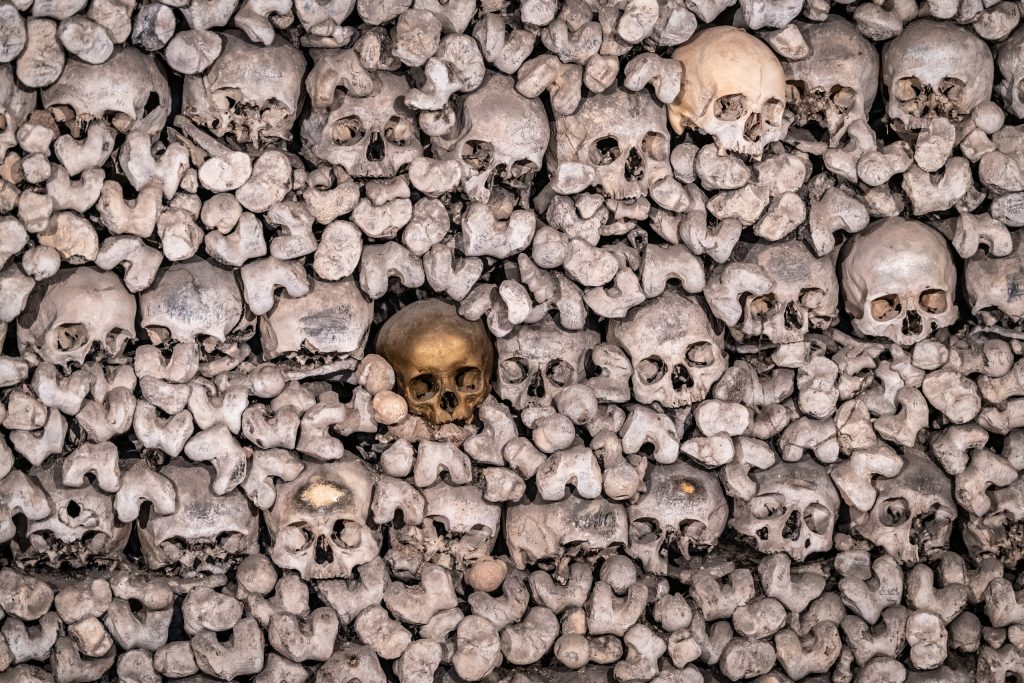
Another special feature worth seeing can be found in the Michaelskapelle directly behind the north side of the Katharinenkirche. Here, the bones of the bones of around 20,000 Oppenheim citizens are piled up to the ceiling. ceiling. It is the largest of its kind in Germany. It came about because since the the 14th century, grave sites in the churchyard became scarce; the dead, however, were the dead should find their final resting place near the church. Therefore, the bones of the deceased of the deceased were moved from the cemetery to the charnel house after a certain period of time. into the charnel house.
Oldest vineyard site in Germany

Rheinhessen is the largest wine-growing region in Germany. Like all great things, Rheinhessen also started early. Because the oldest vineyard site in Germany is located here in Rheinhessen. The Nierstein bell goes back to a deed of donation from the year 742. 2.1 hectares of Riesling and Pinot Noir have been growing well protected here for over 1200 years. The red soil of the famous Red slope gives the wine a particularly fruity and mineral taste. As old as the vineyard is probably also the story about the origin of its name. Therefore, it can no longer be traced exactly. Without question, the Niersteiner Glöck takes its name from the Killianskirche, formerly the Marienkirche, which borders directly on the vineyard. Thus, the Niersteiner Glöck was most likely named after the church's bell ringing. But perhaps the name also comes from the fact that the bell-ringer was paid with the wine of the vineyard. Unfortunately, after so many years, we can no longer trace this. But the view over the vines, the church and over the Rhine is worthwhile in any case.
Oldest Jewish cemetery in Europe
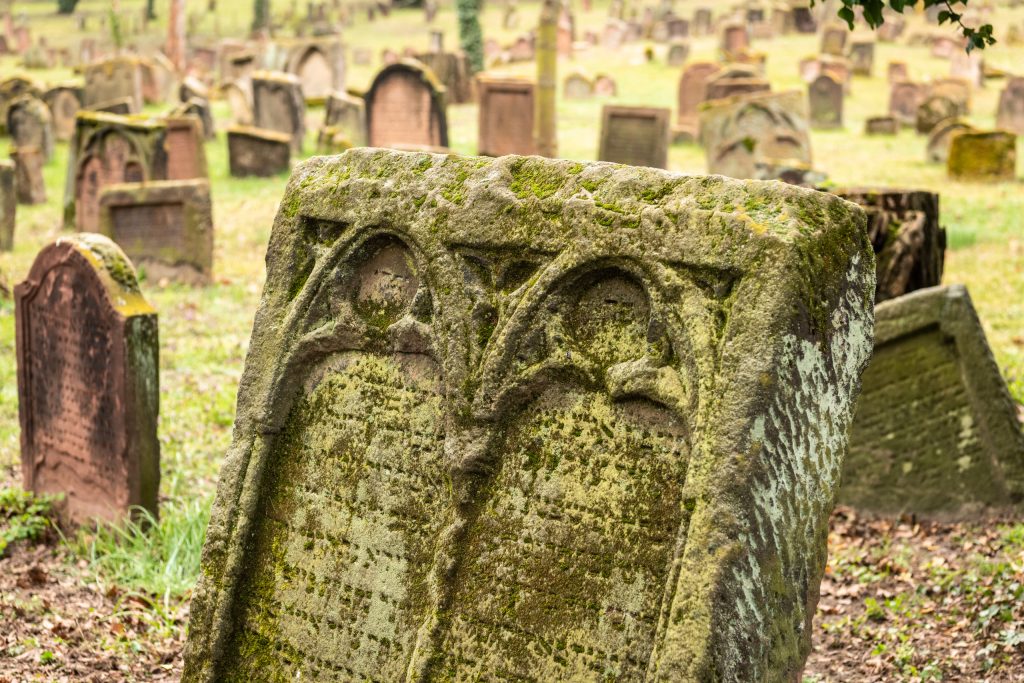
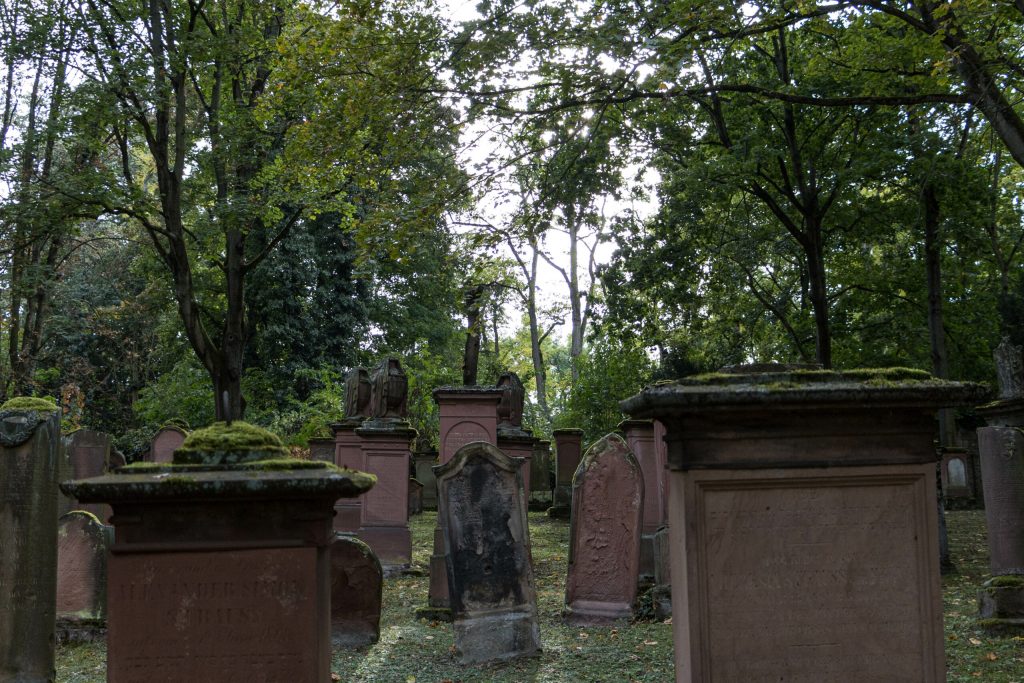
Everyone agrees that the oldest Jewish cemetery in Europe is in Rheinhessen. But where exactly, here the historians and tour guides of the cities of Mainz and Worms argue. Both cities are 2021 with their old Jewish cemeteries and the SchUM sites has become part of the UNESCO World Heritage Site. But which cemetery is now really the oldest, they argue honestly. The fact is, in Mainz one can trace back that the Cemetery "Judensand 1012 was bought by a Jewish couple. Here the point goes to Mainz. However, the cemetery was not used continuously and suffered from destruction, looting and devastation again and again. The Jewish cemetery Heiliger Sand in Worms although it was founded later, you can still visit it today in its original form. However, this is not the reason why Worms claims the title of the oldest Jewish cemetery in Europe. In Judaism, the cemetery and the gravestone with the name of the deceased have a very special meaning. The grave belongs to the dead person for eternity and may not be destroyed or changed by man. That is why even today we can visit the old gravestones in the Jewish cemeteries. And this is exactly the point. The stone with the oldest date of death found in Worms dates back to 1058. In Mainz a gravestone with an earlier date of death of 1049 was found, but it is no longer in the cemetery, but in the Landesmuseum Mainz. The oldest gravestone is therefore in Worms. Which is now the oldest Jewish cemetery of Rheinhessen, that depends and about it can be really argued. But the fact is, according to current knowledge, it is in Rheinhessen.
Largest open air inhalatorium in Europe
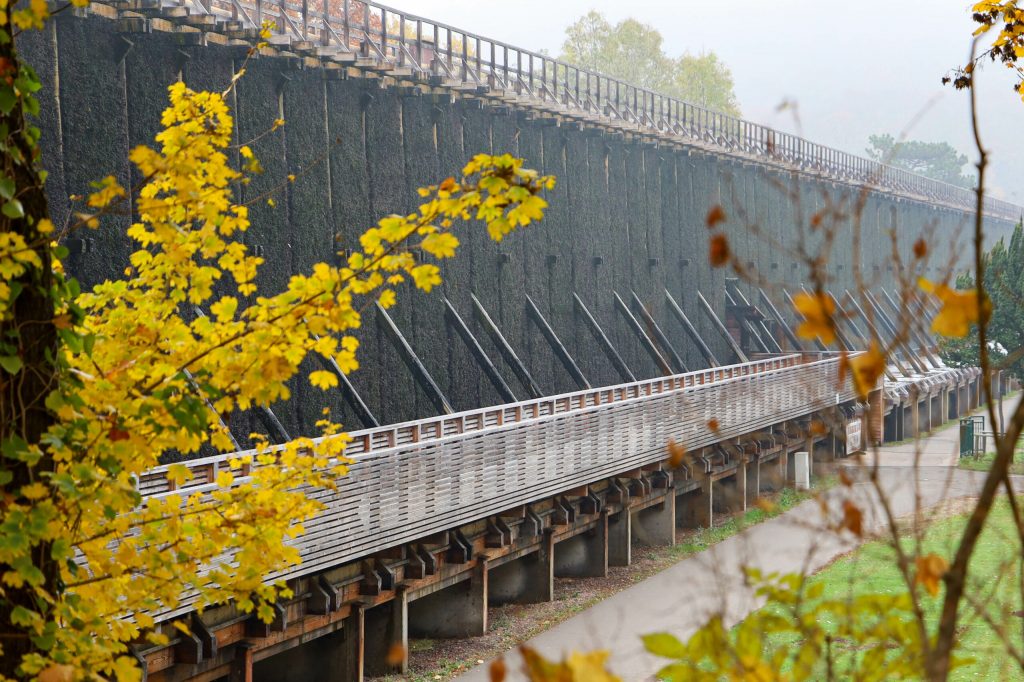
Shortly after the Rheinhessen border you will find Bad Kreuznach, known for its brine springs and good air. Just outside the city you will find the record holder here, the largest open air inhalatorium Europe. The Salinental Health Park stretches between the two towns of Bad Kreuznach and Bad Münster. The large graduation towers can be seen from afar. The enormous hedge walls on which the salt water trickles down each reach a height of 9 meters. But that alone is not worth a record. All in all, the graduation towers are 1.1 km long, making the Salinental the largest open-air inhalatorium in Europe. You can walk along below the salt works or get very close to the brine by strolling through the galleries. You can breathe the good salty air in the entire health park, even if you prefer to discover the nature and river landscape on the banks of the Nahe.
Museum with more than one Quagga
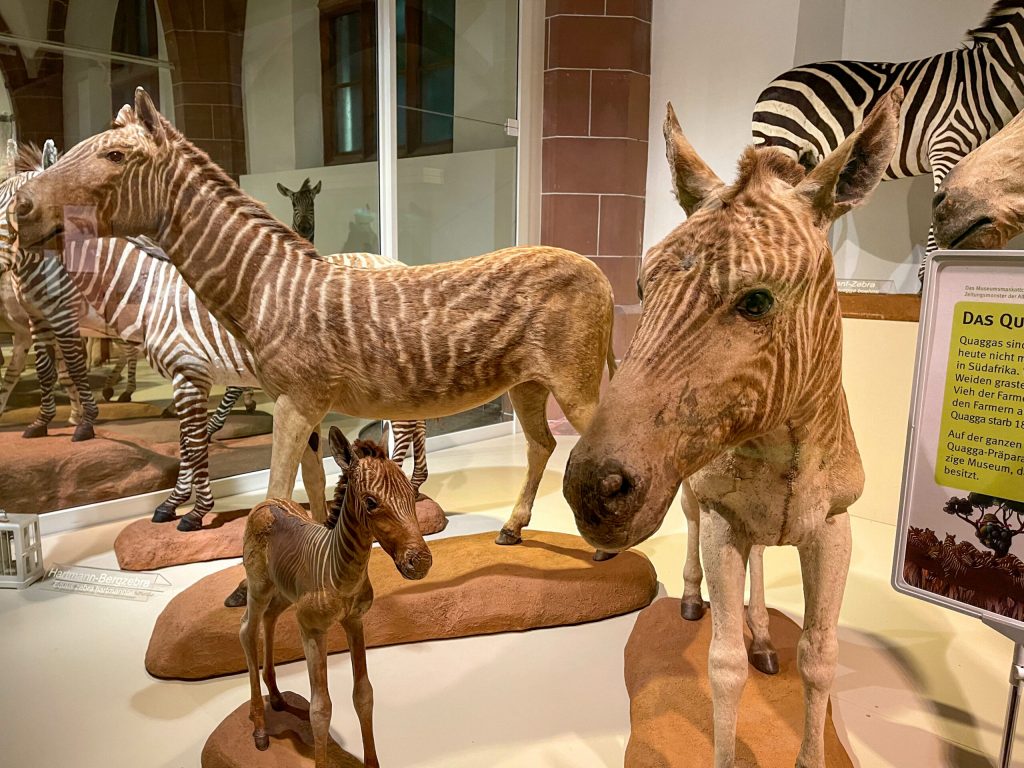
Have you ever heard of the Quaggas? No? Until my visit to the Natural History Museum in Mainz I felt the same way. And it's no wonder, because there are only 23 quagga specimens in the whole world and the Natural History Museum in Mainz is the only one that has several. After you have traced the history of Rheinhessen back to 30 million years, you will enter a part of the museum where many specimens of donkeys, horses and zebras are exhibited and here, inconspicuously hidden among all the other animals, are the quaggas. A quagga is a southern subspecies of the plains zebra and also visually very reminiscent of its kin. On closer inspection you can see the difference. The stripes of the quaggas become paler towards the belly and are no longer present on the legs. It was man who exterminated the Quaggas and so the last Quagga died in Amsterdam Zoo in 1883. That's why today you can observe quaggas only in museums and in Mainz as a whole family. The Natural History Museum is not only the only museum worldwide with more than one quagga specimen. It exhibits a whole family, with the preparations of a mare, a stallion and a foal.
